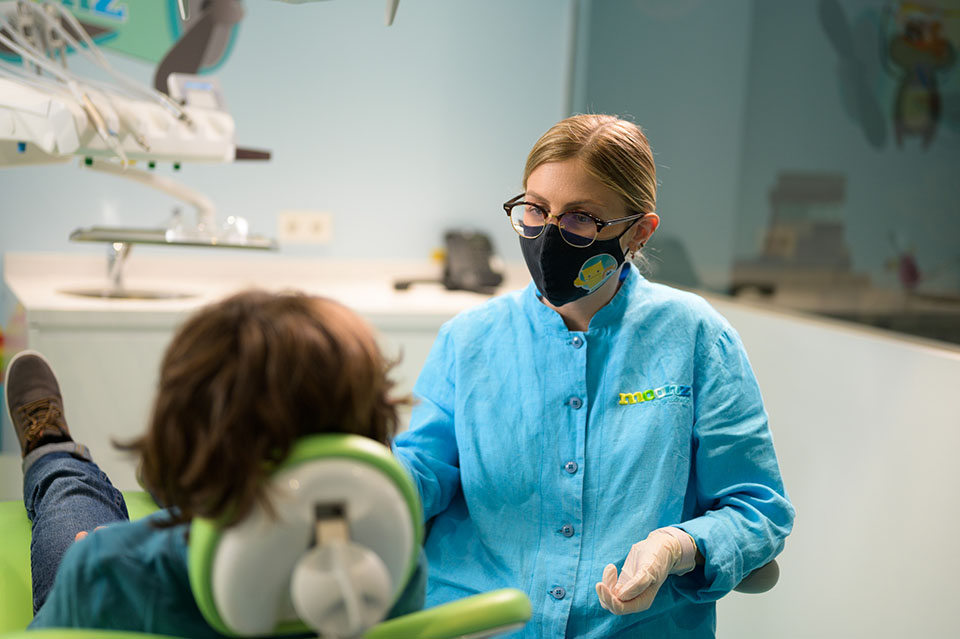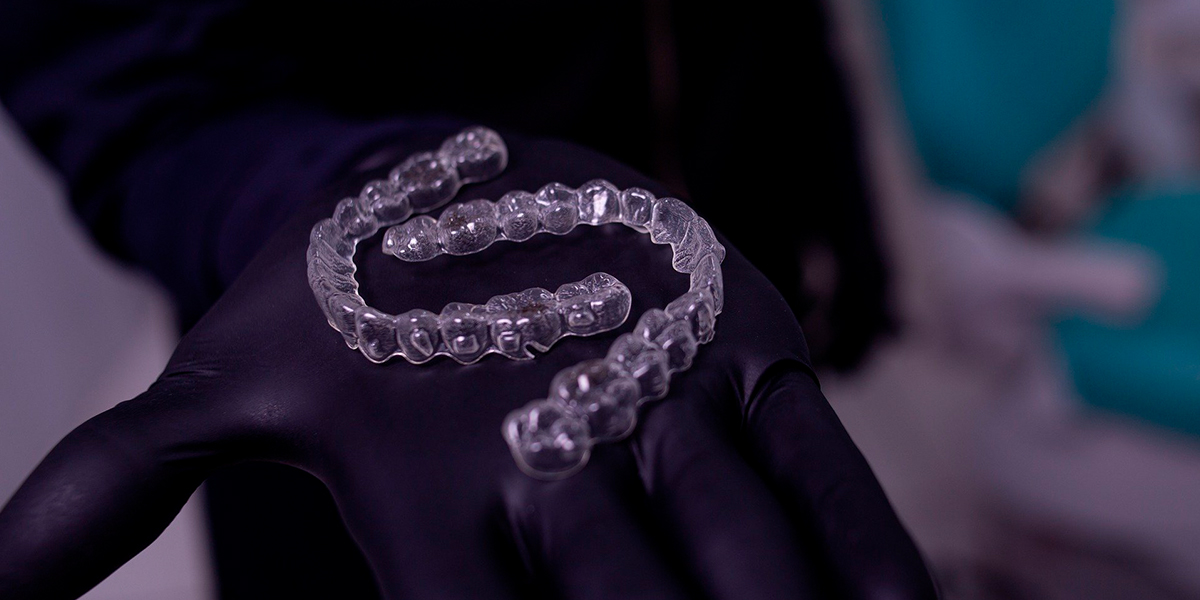Numerous dental techniques are currently being developed. Thanks to these techniques, it is now possible to reduce the waiting time at the beginning of orthodontic treatment.
These advances offer great advantages for the patient and a much more accurate result. Therefore, today we would like to share with you all the details about the intraoral scanner.
WHAT IS THE INTRA-ORAL SCANNER?
The intraoral scanner is a digital scanner that provides real-time 3D imaging of the inside of the mouth within minutes.
This device facilitates the planning and treatment of invisible orthodontics in a simple and comfortable way.
Thanks to the scanner’s measurements, aligners can be customised without inaccuracies or errors.
The intra-oral scanner is much more interactive as children can see on the screen how their smile will look at the end of the treatment.
The scanner’s measurements and recordings not only allow for precise fitting of the aligners, but also facilitate early detection of other dental problems such as bruxism or caries.
This technology allows children to start their invisible orthodontic treatment in the most effective, comfortable and easy way.
HOW DOES THE INTRA-ORAL SCANNER FOR INVISIBLE ORTHODONTICS WORK?
The intraoral scanner combines a high-precision laser with an optical light that enables about six thousand images per second, allowing a complete registration of the mouth.
This type of scanner can observe and display the smallest details in a short time and without inconvenience.
Its use in invisible orthodontics requires a negative copy of the child’s dental arches and teeth, in example a dental impression.
This mimics the patient’s mouth and the information is stored in a digital file. It is a much more accurate record than the traditional one, as it avoids all possible errors due to movements when measuring the silicone impression.
This scanner is precisely designed to allow a better workflow, where the final result of the treatment is visualised and adjustments can be made from the first moment.
A few years ago, registrations were made using silicone or alginate moulds placed on the prosthesis to obtain the impression.
This process was quite tedious as the patient’s mouth was filled with a paste that usually left residue between the teeth, and they had to keep it open until the mould became solid so it could be removed. Sometimes the desired result was not achieved, so the whole process had to be repeated, again causing discomfort or nausea.
Technological advances have made the traditional method obsolete. Much more precise and innovative techniques have been opted for, such as the intraoral scanner, a completely digital procedure.
WHAT ARE THE advantages OF THE INTRA-ORAL SCANNER?
The intraoral scanner offers several advantages, including the following:
- Greater precision: the scan is much more accurate and complete than the traditional method, detailing all types of dental defects and discolouration.
- No discomfort: it is more comfortable for the patient as they do not feel nauseous or overwhelmed while the images are being taken.
- Faster: because they are digital, the data is sent to the lab immediately. This can reduce the waiting time and orthodontic treatment can start a few days after the first visit.
- It offers more hygiene: the silicone of the traditional method left residues between the teeth that were difficult to remove. Thanks to technology, cases are treated in a much more hygienic and comfortable way, both for the dentist and the patient.
- Interactive system: children and parents can see a 3D simulation of their mouth at any time and follow the development and appearance of the smile after treatment. Thanks to the high-quality images, communication with the patient is improved in a simple and clear way.
CONCLUSIONS
The intraoral scanner offers great advantages for invisible orthodontic treatment. Unlike the conventional method, where impressions are less detailed and accurate, this scanner provides an exact 3D representation of the inside of the patient’s mouth, including the dental arches and bite.
Its technology is absolutely effective. With the high-quality images, you can determine enamel damage, gaps between the teeth, the size and exact position of the teeth in order to plan the treatment correctly.
Starting invisible orthodontic treatment with the intraoral scanner is much faster, as the waiting time is reduced and treatment can begin a few days after the first visit to the dentist.
It is a more comfortable method, both for the professionals and the patient, as the treatment can be monitored at all times. Moreover, you can already see the final result from the first day during the consultation.




























